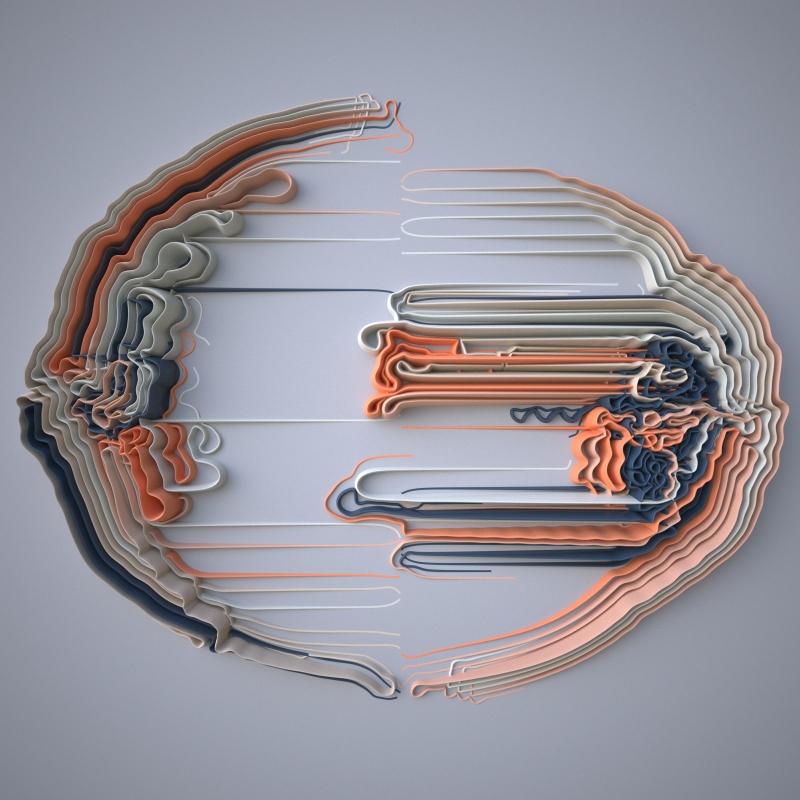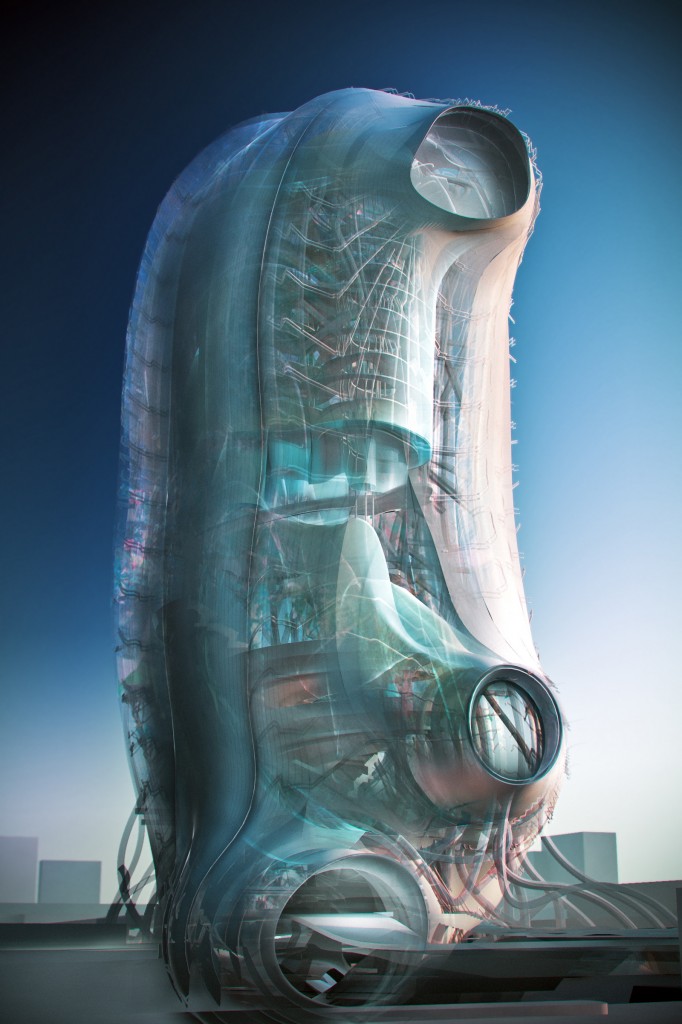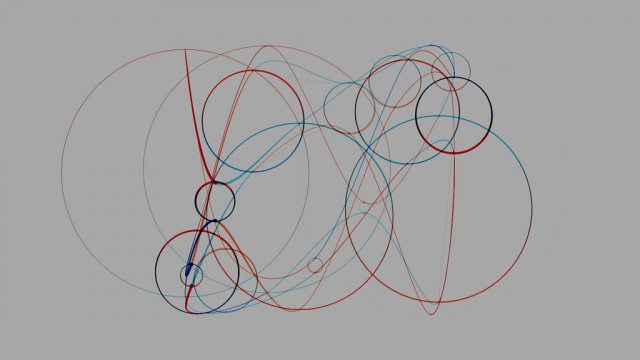
GIUSEPPE RANDAZZO
Джузеппе Рандаццо
Meander 7 / Horizontal velocity vectors from x = 0
Los códigos de computadora que utilizan para crear proyectos de arte generativo, arte de los nuevos medios de comunicación, los proyectos de las disciplinas del diseño, la arquitectura o de otro tipo, pueden encontrarse en territorios que han sido en gran parte sin explorar, en el que el arte y la ciencia se encuentran. Al principio, los agentes están definidas por variables como la posición, la velocidad y los límites (por lo general de un círculo). Cuando empiezan a moverse, ya que el espacio se agota, chocan, rebotan entre sí y de paso cambian la velocidad y el color, generando una espesa red de variaciones cromáticas.




